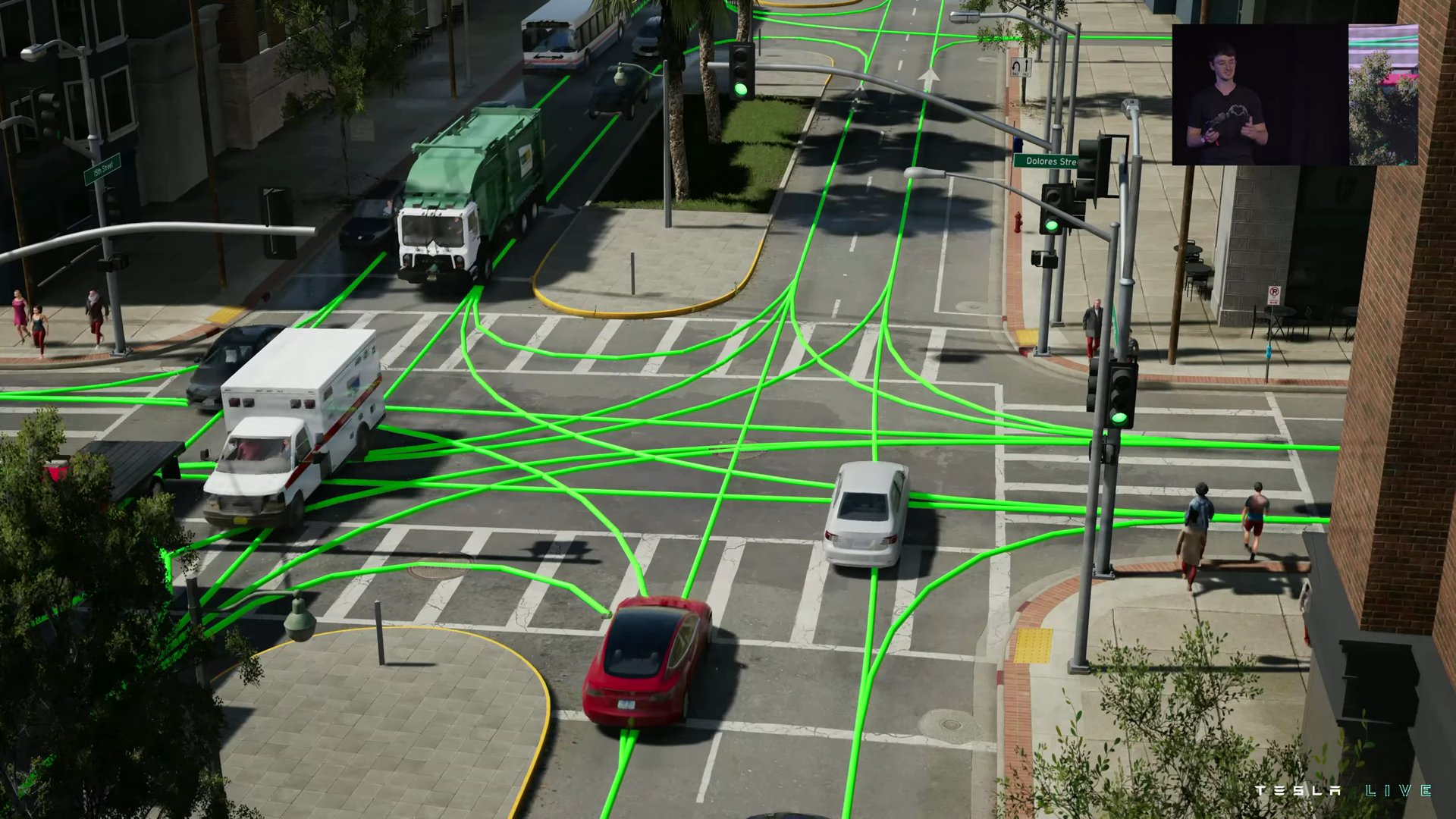In a recent announcement, Tesla’s CEO Elon Musk revealed that the highly anticipated Full Self-Driving Beta (FSD Beta) feature will not be compatible with newer Tesla Model Y units until at least 2024. This delay comes as a result of these vehicles being equipped with the advanced Hardware 4 suite, representing a significant advancement in the internal systems required to facilitate the next stages of Tesla’s advanced driver-assistance technology. However, the deployment of fully autonomous robotaxis on the streets will be deferred for the foreseeable future. Here’s the breakdown.
Elon Musk’s confirmation comes in response to an incident involving a 2023 Tesla Model Y owner who embarked on a trip with the intention of testing out the FSD Beta. The hope was that the Advanced Driver Assistance System (ADAS) would alleviate the strain of prolonged highway driving. Regrettably, this expectation fell short.
In brief, the vehicle owner paid for and installed the FSD Beta software, only to discover that it was incompatible with the vehicle due to the installation of what Tesla terms the “brain” of the car – the Hardware 4 (HW4) suite. Comprising a set of advanced cameras and a robust computing system capable of mimicking human decision-making processes, HW4 is a leap forward in enabling autonomous capabilities.
Tesla’s decision to silently transition Model Ys produced from May 2023 onward to the HW4 suite without public disclosure resulted in an unexpected twist. Later, the company added a discreet mention on its online store that the genuine self-driving component, referred to as “autosteer” for regulatory purposes, would be introduced in due course.
Now, Musk has provided a timeline for the activation of FSD Beta for customers who invested $15,000 in the software suite. The Tesla CEO anticipates a waiting period of “at least another six months” before FSD Beta becomes operational.
Musk clarified that the primary focus remains on Hardware 3, which is capable of supporting the no-code and neural-network-based FSD V12. Musk previously demonstrated this capability in a live drive around Palo Alto. Only when FSD functions seamlessly on HW3 will the attention shift to HW4 as the central platform for Tesla’s efforts.
As a result, purchasers of the Model Y now have a clearer understanding that their vehicles will not offer Level 2 advanced driver-assistance features. The awaited FSD Beta still falls short of being a fully autonomous suite, and human drivers remain responsible for all on-road occurrences. Tesla reiterates in its owner’s manual that activating FSD Beta does not convert the car into a robotaxi, and the driver must remain attentive and in control.
However, the bright side is that the Autopilot feature is operational on Model Ys equipped with Hardware 4. Comparable to active cruise control and lane-keeping assistance in other automakers’ models, Autopilot maintains the vehicle’s position within the lane and adjusts speed according to the traffic flow and preceding car’s velocity. Certain versions of Autopilot even incorporate traffic sign recognition and prompt the driver to confirm a modified speed limit.
Speculation arises that Tesla’s strategy revolves around accumulating a substantial volume of data with Hardware 4. This likely explains the unannounced rollout of HW4. In a similar fashion to 2021’s camera-based approach, where Tesla phased out ultrasonic sensors and radars in favor of relying solely on vision data, the system is expected to gradually learn human driving behavior from collected data. This information will then inform the system’s evolution.
The newer Model Ys could potentially follow the same pattern, serving as experimental units for Tesla’s data collection efforts. Hardware 4’s superior camera capabilities enable it to capture richer visual information compared to Hardware 3’s optical sensors. Consequently, integrating FSD Beta on HW4 may necessitate an abundance of new driving data before it can assume control of the vehicle.
This development raises concerns for Tesla owners, suggesting that the company aims to transition FSD out of the beta stage on Hardware 3 with a potential widespread release of FSD V12. Subsequently, a complete shift of focus to Hardware 4 could be on the horizon, given its improved capabilities for software evolution.
Perhaps this rationale explains Tesla’s decision to offer a window for customers to transfer FSD Beta to their new vehicles until the end of September. The question remains: Will this transition ultimately pave the way for a more advanced era of self-driving capabilities? Only time will tell.
In the current landscape, Full Self-Driving for Tesla remains akin to a sushi restaurant that solely serves wasabi – a tantalizing prospect that requires patience and continued development to fully materialize.
Disclaimer: The views, suggestions, and opinions expressed here are the sole responsibility of the experts. No Press Echo 360 journalist was involved in the writing and production of this article.

